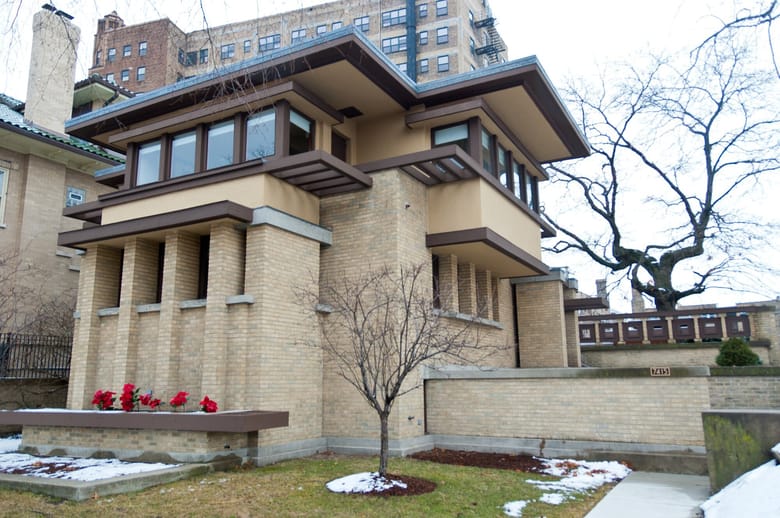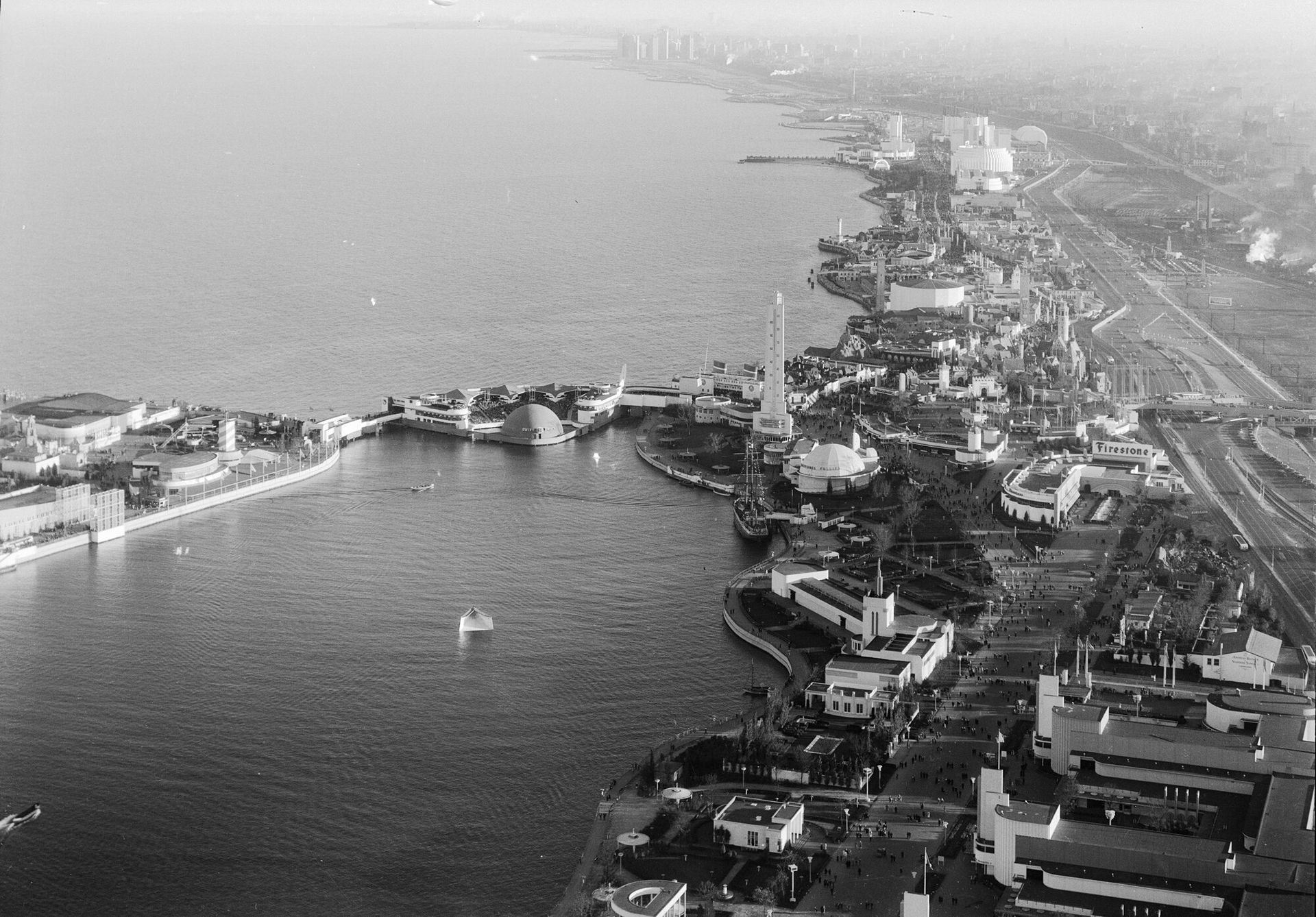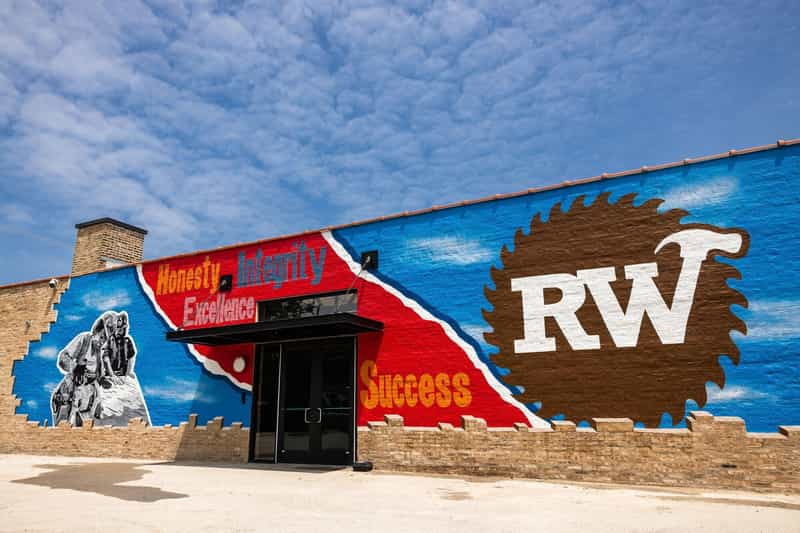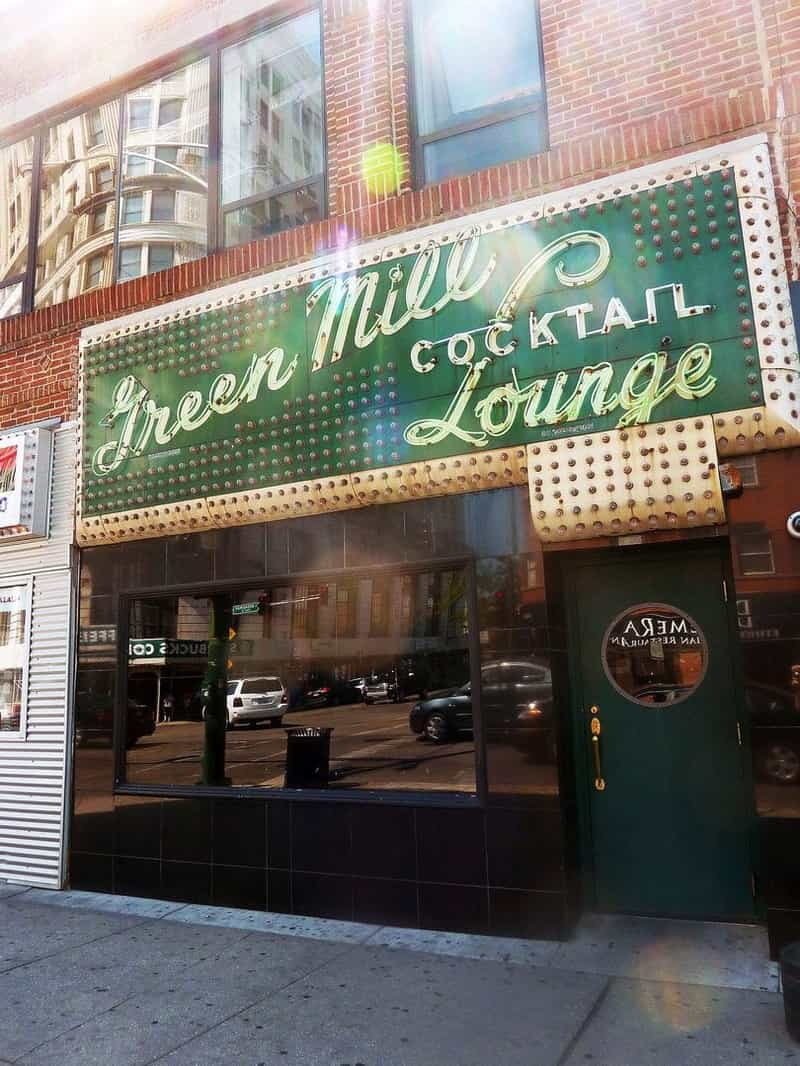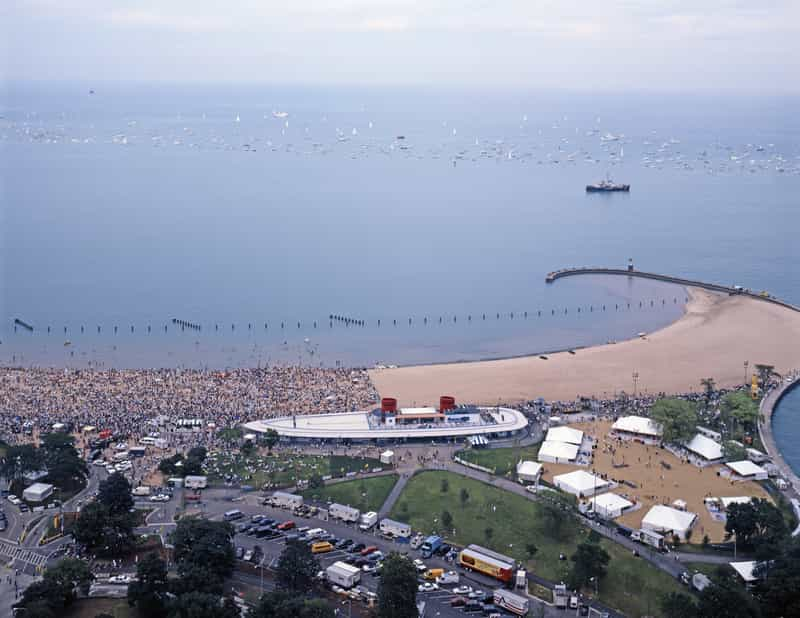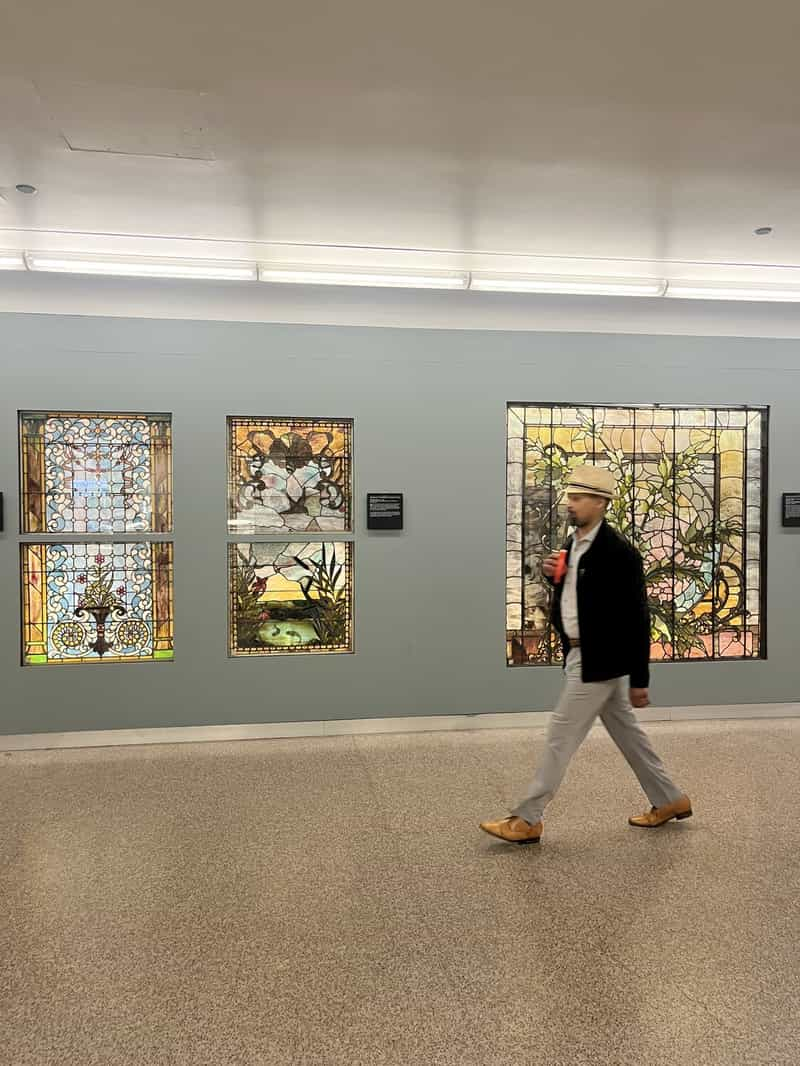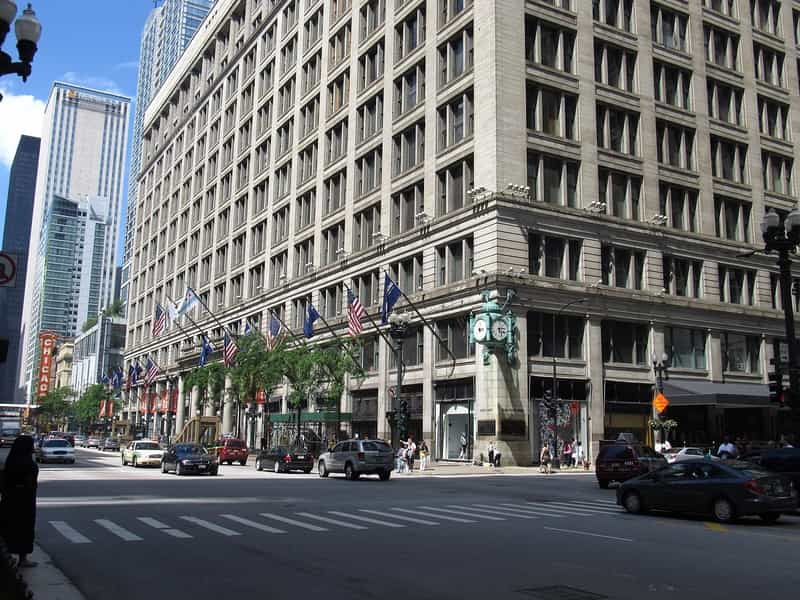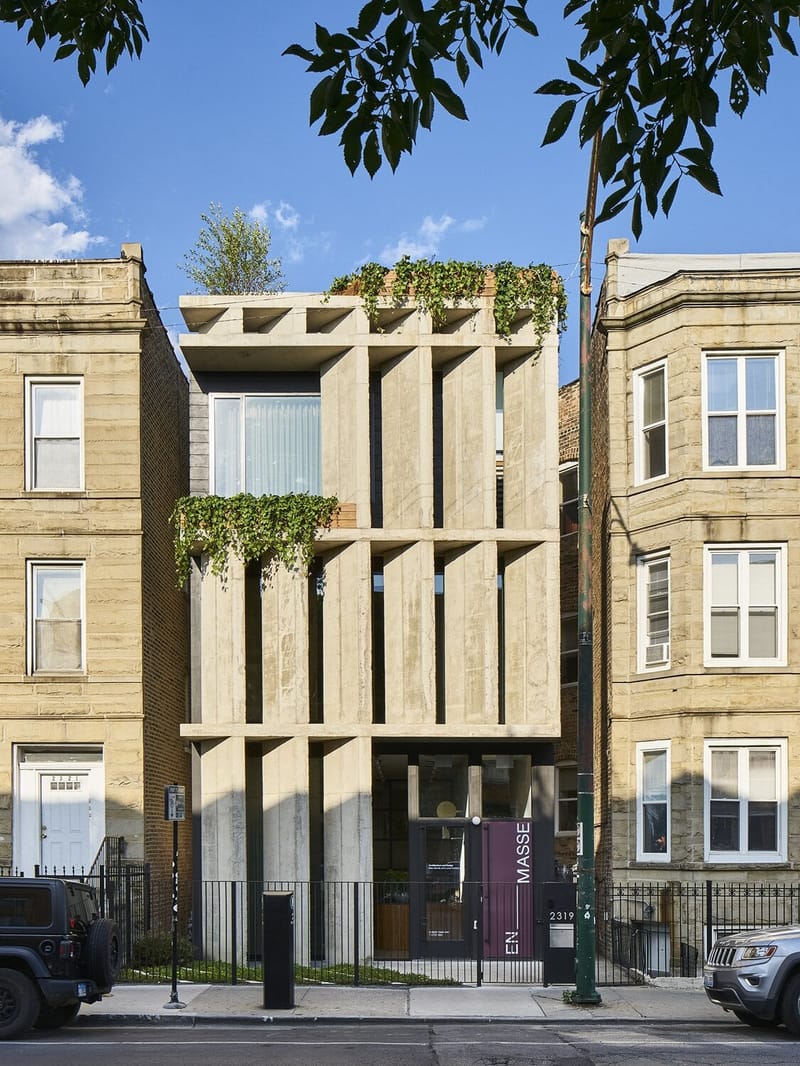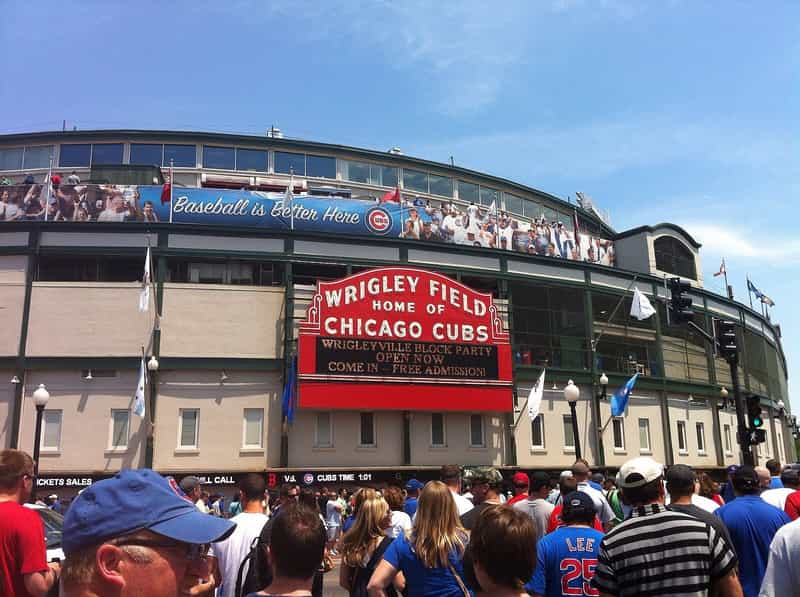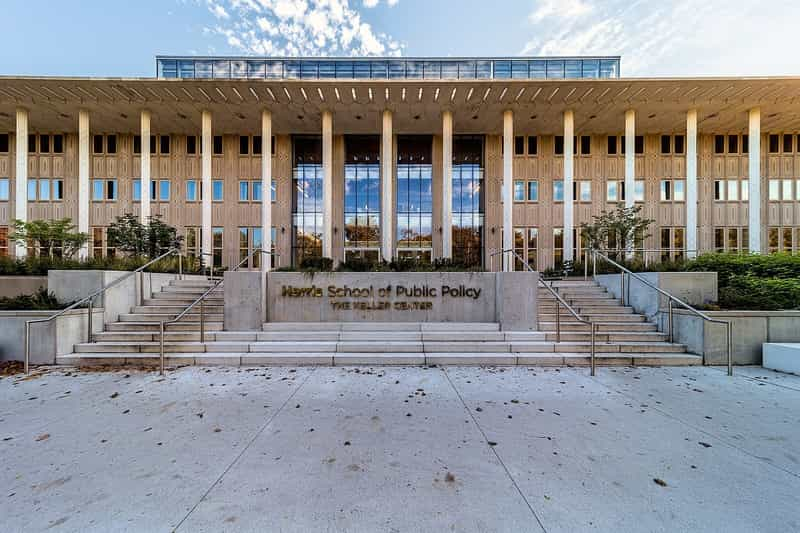Massing
Emil Bach House
Massing refers to the perception of the general shape, form, and size of a building. It involves the arrangement and composition of the building's volumes, which can significantly influence the visual and spatial experience of the structure. Massing is a fundamental aspect of architectural design, as it helps define both the interior space and the exterior silhouette of a building. Historically, massing has been used to convey power, stability, and grandeur.
Today, architects use massing to create buildings that are not only functional but also visually striking and contextually appropriate. Advances in technology and materials have expanded the possibilities for massing, allowing for more complex and dynamic forms. Massing is also closely linked to sustainability. Buildings with efficient massing can reduce energy consumption by optimizing natural light and ventilation. For example, the use of massing to create shaded areas can minimize the need for artificial cooling, while strategic placement of windows can enhance natural lighting.
EXAMPLES IN CHICAGO:
- Willis Tower (formerly Sears Tower): Completed in 1974, the Willis Tower is a quintessential example of massing in modern architecture. The building's design consists of nine square "tubes" of varying heights, bundled together to form a single structure. This approach not only provides structural stability but also creates a distinctive and dynamic silhouette.
- Aqua Tower: Designed by architect Jeanne Gang and completed in 2009, the Aqua Tower is renowned for its undulating, wave-like facade. The building's massing is characterized by its irregularly shaped balconies, which create a fluid and organic form. This innovative use of massing not only enhances the building's aesthetic appeal but also improves its environmental performance by providing shade and reducing wind loads.
- Marina City: Completed in 1967 and designed by Bertrand Goldberg, Marina City is a mixed-use complex that features two cylindrical towers. The massing of these towers, with their distinctive "corn cob" appearance, creates a unique and recognizable form. The design maximizes the use of space and provides panoramic views of the city and river.

